The Egg Foam Method of Combining Ingredients When Baking
The egg foam method is the last of the series describing how to mix (combine) ingredients when baking with my friend and professional baker, Chef Jenni. She saved this method for last because it is the only method in which adding chemical leaveners is not the norm and is probably the trickiest mixing method.
Here’s how Jenni describes the Egg Foam Method, and if you want to learn more about the other baking methods for combining ingredients, check out my post, Important Mixing Techniques For Baking.
The Egg Foam Method by Chef Jenni Field
The egg foam method is the method we use to make genoise, French macarons, sponge cake, and angel food cake, among others. Batters made using this method are generally very low in fat, often adding no extra fat, except the fat in the egg yolks, if whole eggs are called for. The egg foam method relies on the leavening power of eggs and steam to create the lift necessary to make a delicate angel food cake or genoise.
Most cakes made using the egg foam method are very dry and relatively tough when baked. The toughness comes not from gluten activation but from the amount of egg used. Moisture is added after baking and cooling by brushing on some simple syrup.
Angel food cake is an exception to this rule. Angel food cakes do not need to be brushed with syrup because the high proportion of sugar in the batter acts as a tenderizer and a moistener. Sugar is hygroscopic, so it draws moisture to itself.
The basic mixing method is to beat either egg white (as for angel food cake), whole eggs (as for genoise), or the eggs and whites separately (as in sponge cake), sift the dry ingredients, and fold all the components together gently but thoroughly. It sounds easy enough, but as with most simple things, this method takes some practice.
Beating Egg Whites
In the case of beating egg whites, the issue is in how much to beat them and with how much sugar. Do you need an acid? Should you use a copper bowl? How about cream of tartar?
In a method in which an egg white foam is going to be incorporated with other ingredients, my view is that the most crucial issue angle is using a clean and fat-free metal mixing bowl and balloon whisk (or clean and fat-free bowl and whip attachment on your stand mixer). While it is true that using a bit of an acid or whipping in a copper bowl can result in a more stable foam, this is more crucial for a straight-up meringue than for a pie topping.
To get the best volume and the most elasticity (allowing the foam matrix to continue to stretch and expand in the oven), your whites should be at—surprise—cool room temperature. It is essential that your tools be fat-free, as the presence of fat can impede full foam development.
To ensure fat-free tools, wipe them down with lemon juice or vinegar. Then, rinse with very hot water, dump this water out and shake out the tools. It isn’t necessary to dry them—that little touch of water and drop of acid will not hurt and can help your foam.
Important Tip – Please don’t try to whip whites in a plastic bowl. Plastic absorbs and holds onto fat, even after washing.
Start by beating the whites slowly to break them up until they begin to get frothy. Then, you can crank up the speed and add some of the sugar—the addition of up to half of the sugar called for in the recipe can be added to the whites, a bit at a time.
The sugar will help to stabilize the foam and add to its elasticity. We already know that sugar is hygroscopic and that it holds onto water. Sugar in an egg foam inhibits evaporation in the oven, allowing the proteins in the egg foam to set and ensuring a higher rise.
Beat the whites to medium peaks. The peaks should curl like a soft-serve ice cream cone when you turn the beater upside down. If you take the whites to stiff peaks before folding in the rest of the ingredients, you run the risk of breaking down the foam.
And, if your foam has gotten grainy, it means it is broken. The protein matrix is destroyed. The bubbles are popping, and all the water leaches out of them. Complete foam devastation. Throw it out and start again. So, let’s not even call it medium peaks—let’s call it “done” at the soft serve stage.
Once you’ve reached the soft serve sweet spot, it’s imperative that you get your dry ingredients incorporated as quickly and as gently as possible.
Quickly, because, even with the addition of the sugar, meringue does not like to sit. So it will start to set up, and re-whisking will break it down.
Gently, because you’ve worked hard to build a stable foam, the last thing you want to do is crush it by dumping a ton of dry ingredients on top of it.
As you begin to whip your whites, sift all dry ingredients together. Keep your sifter out. Once the foam is at the soft-serve stage, immediately remove it to the largest metal bowl you have—it should be one of those wide, shallow bowls—perfect for folding. (If you’re feeling gung ho, you can whip the whites by hand or with a hand mixer in the large bowl, so you don’t have to move it).
Gently sift the dry ingredients evenly over the surface of the foam—you want to distribute the weight of the dry ingredients evenly over the foam. Finally, fold everything together gently but thoroughly with your largest spatula. You can even fold with a flat whisk if you have one.
Holding the bowl with one hand, cut down straight through the batter in the center of the bowl, sweep along the bottom of the bowl (spatula “blade” should be flat on the bottom), and come up the side of the bowl nearest you, folding the ingredients back toward the center. Turn the bowl ¼ turn or so, and repeat the motion.
Keep turning/cutting/sweeping/folding until the dry ingredients are incorporated. Yes, stirring would be faster, but you’d kill your foam.
Pour the batter into an un-greased angel food pan (2 parts), run a knife through the batter to knock out any large air pockets, and bake and let cool upside down in the pan.
Whole Egg (Genoise) versus Separated Egg (Sponge)
Since you now have the basic technique, let me briefly discuss the whole egg (genoise) variation and separated egg (sponge) variation. When beating whole eggs, it will take about ten minutes to achieve full volume at a medium to medium-high speed.
You’ll know you are there when the mixture looks like sabayon. That is, when you drop some of the eggs back into the bowl, they should remain on the top in a pretty distinct pile for at least five seconds before sinking back.
Do not fudge on this step. Count one Mississippi, two Mississippi to five. If they have blended back into the batter before you hit the fifth Mississippi, keep beating. The fats in the yolks are already working against us, so make sure you’ve reached full volume before you start decreasing the volume by folding in dry ingredients.
When making a sponge cake, as for ladyfingers, you’ll need to beat whole eggs (or just yolks, depending on your recipe) as well as the whites. In this case, beat the whole eggs or yolks first. The same rule applies to beating yolks: make sure they pass the Mississippi test.
Set them aside in your special large bowl—the emulsifiers in the yolks will keep this mixture stable for the amount of time you’ll need to beat the whites and incorporate the rest of the ingredients.
Next, whip your whites (unless you have two mixers or at least two mixing bowls, you’ll need to wash the first one along with the whisk or whip attachment) with some of the sugar. While the whites are whipping, sift your dry ingredients. When the whites are ready, pour them over the whipped whole eggs or yolks, then evenly sift the dry overall.
Fold all three components together gently but thoroughly. Most recipes will tell you to fold two components together first and then fold in the third, but folding all three together at once results in less total folding, resulting in less volume loss.
A reader asked if you can use the separated egg method when making a genoise?
Yes, you can, though it’s not the traditional technique. A classic genoise relies on whole eggs whipped with sugar to create volume, but separating the eggs can offer some advantages:
Why Use the Separated Egg Method?
- Lighter Texture – Whipping the egg whites separately creates a more delicate crumb.
- More Stability – The batter is less prone to deflating when folding in flour.
- Better Rise – Helps if your whole eggs don’t whip up as much as needed.
How to Adapt the Genoise Recipe:
- Separate the Eggs – Keep yolks and whites in separate bowls.
- Whip Yolks with Sugar – Beat until pale and thick (like classic genoise). You can warm them slightly over a double boiler for extra volume.
- Whip Egg Whites – Beat until soft peaks, then gradually add a little sugar and beat to medium peaks.
- Fold Whites into Yolks – Gently fold the beaten whites into the yolk mixture before adding flour and melted butter.
This method makes the cake slightly less dry, so if you’re looking for a softer, fluffier genoise, it’s a good technique! Would you like a specific recipe with this adjustment?

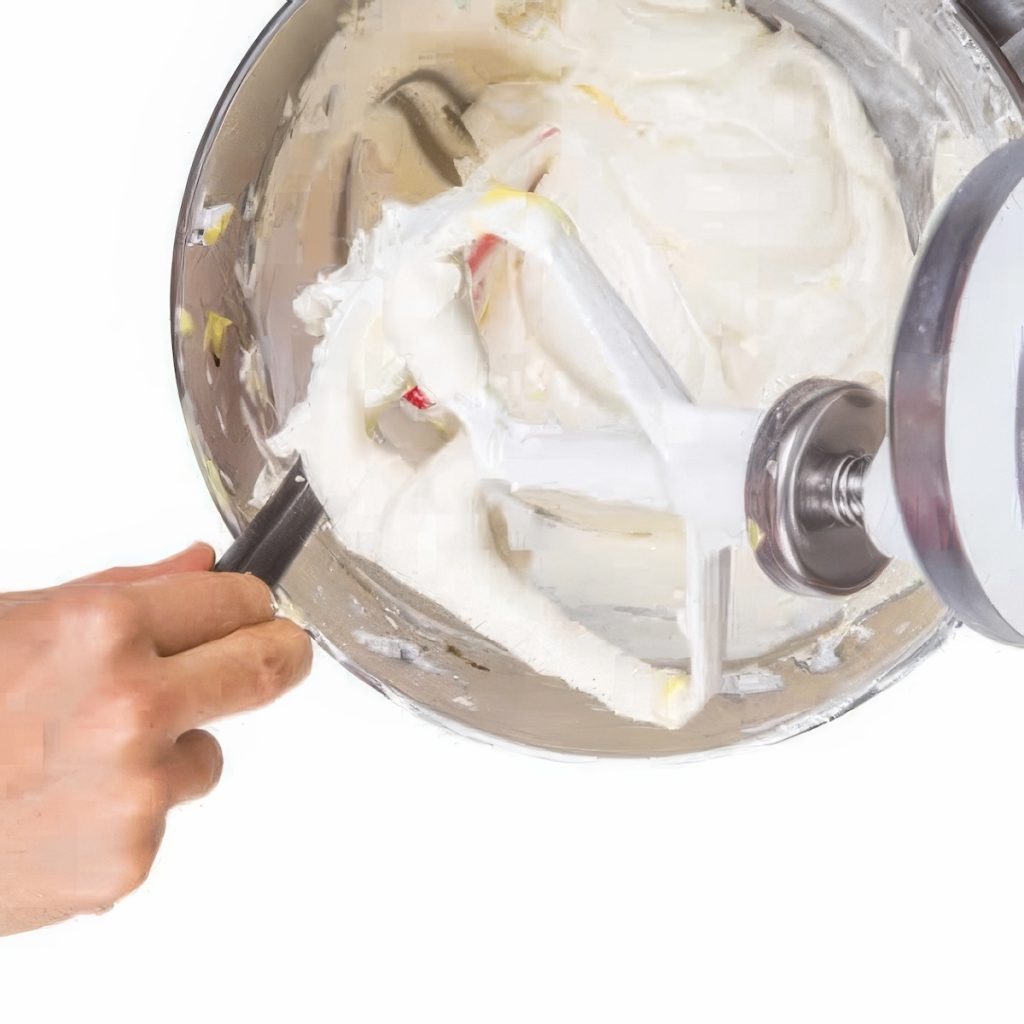




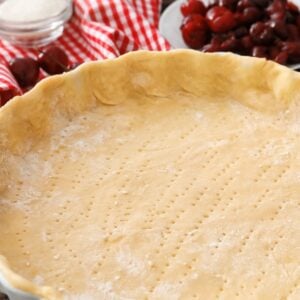
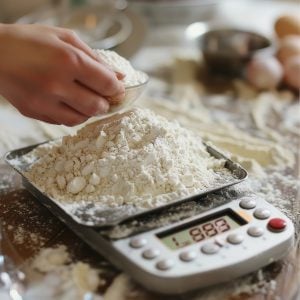
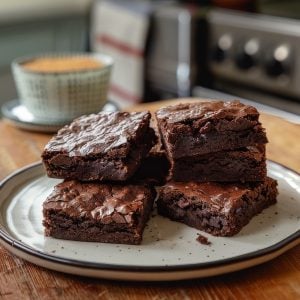
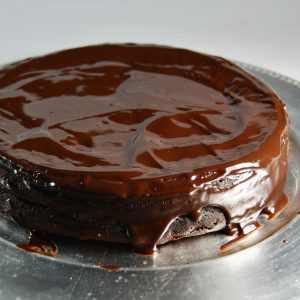
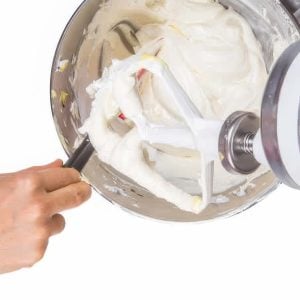
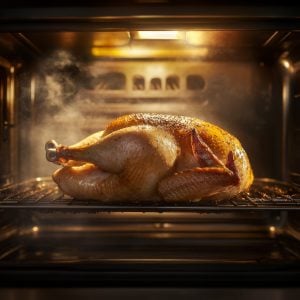
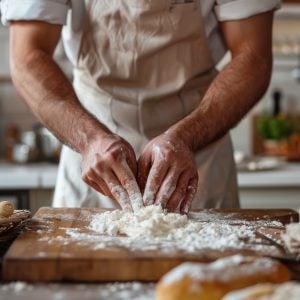
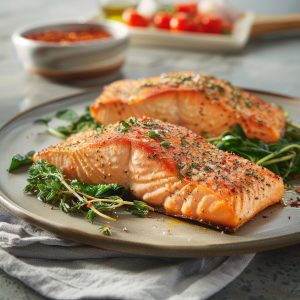


3 Responses
I had no clue there is so much science behind this. I will share this will other cooks.
Can you use the separated egg method for genoise?
Yes, you can use the separated egg method when making a genoise, though it’s not the traditional technique. A classic genoise relies on whole eggs whipped with sugar to create volume, but separating the eggs can offer some advantages. See above.